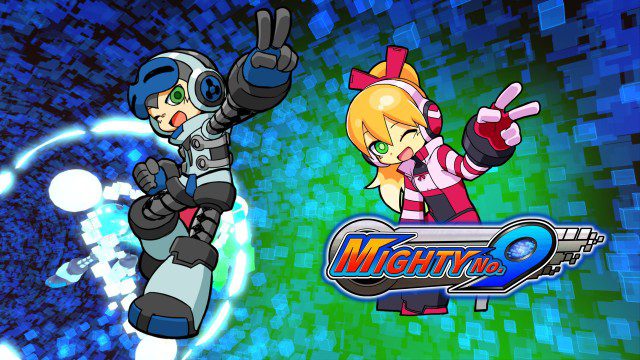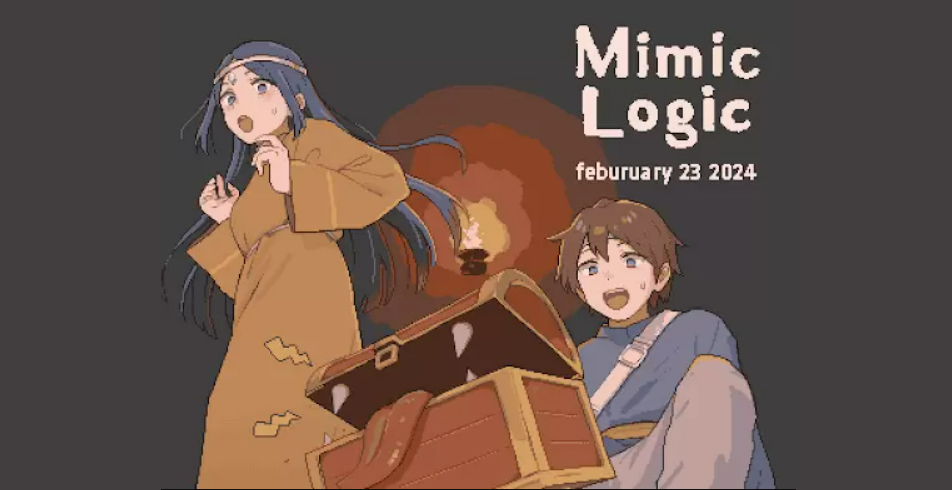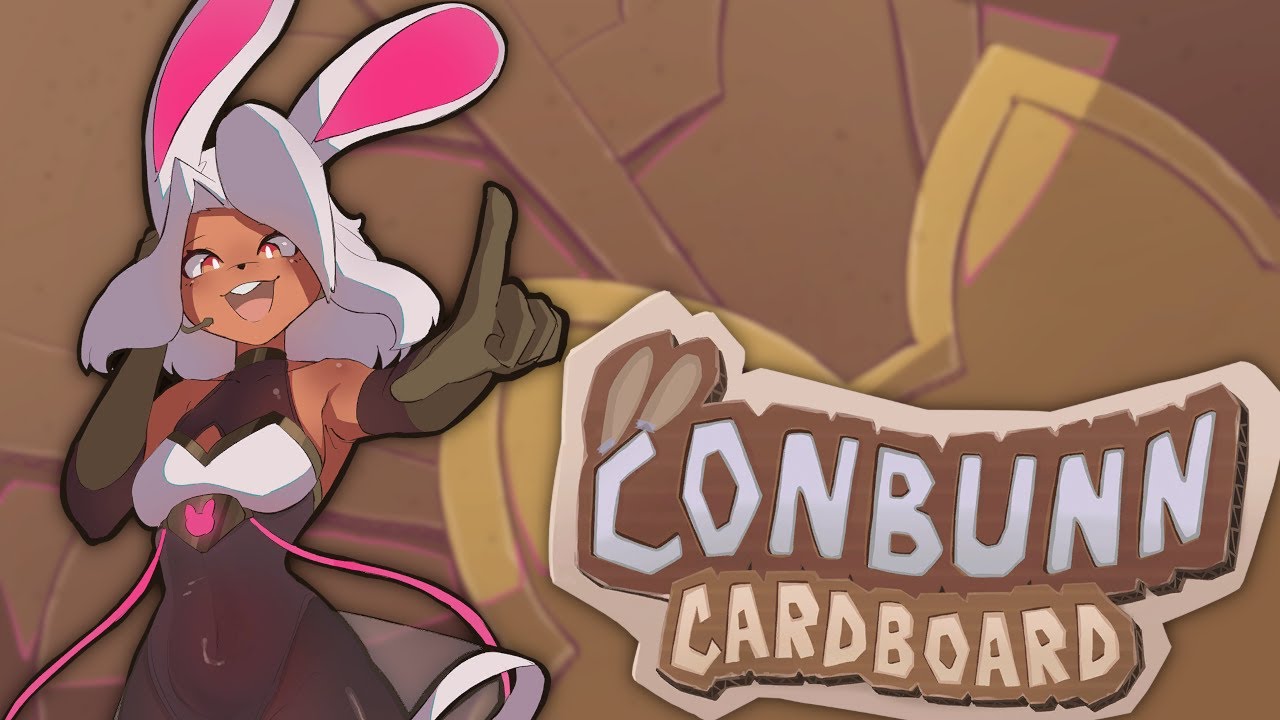I should be the perfect sort of person to enjoy Mighty No. 9 in its current state. I didn’t back the Kickstarter in any fashion, I am a casual fan of the first couple of Mega Man games, and I had some fun playing the demos of the game at various conventions around the country over the past several years. And yet here I am writing this review trying to figure out how a video game about fighting robots can be so utterly, utterly boring. Kickstarter issues aside (and there are plenty) Mighty No. 9 can at best be seen as a mediocre download title from an up and coming studio, and not the Mega Man style game that everyone wanted/expected from the man that created the blue comber.
I know a lot of people out there (mostly fans of the Mega Man series) are going to give me a hard time about talking at all about the story here, but since the game has one I feel like I have to. Sure, we aren’t talking Mass Effect levels of depth, but like with the later Mega Man X games there is a lot being thrown at the player that it makes little to no sense. I’d be totally okay going the “Robots go bad. Kill bad robots.” route for a story, but Mighty No. 9 tries hard to weave this world-wide tale of robot takeover and virus thing that feel very familiar. It all feels very “been there done that” in terms of Mega Man and I can’t help but get the distinct feeling that Inafune has very little in his idea bag when it comes to new game concepts and ideas.
I could forgive a lot of this, but Mighty No. 9 goes to great lengths to stop the action to give these long-winded dialogue sections that add almost nothing to what we want as players. We are here for the gameplay, so when things stop every few steps for one of the games hundred characters to speak, it feels like tonal whiplash. By the end of the first level I was already over all of the voice acting that was going on. I’ll admit that it never gets to the level of Mega Man X7, but it still just wastes everyone’s time.

Another major problem is the graphics that the game employs. For a game with a $4 million dollar budget Mighty No. 9 feels more in line with something from the PlayStation 2 era, and I can’t say that it looks all that much more impressive than Mega Man X7. What’s more is that with the immense amount of talking all the characters have absolutely no movement to their mouths. When someone is talking they just open their mouth and stand there like a weirdo. It’s very off-putting and makes you wonder where all the money in the budget went to. It’s a damn shame that the team didn’t go with the gorgeous looking 2D art style that they used to pitch the original Kickstarter. Hell, they raised enough money to do it…
Another problem is that the character designs are just plain boring thanks in part to the bland 3D renders. Mighty No. 9 himself is about as bland as they come and most of the enemy robots are also pretty forgettable. For every Pyro and Avi there are a few that seem pulled from the Mega Man rejected robot master folder. Instead of trying to do something original in the style of Mega Man, Inafune just copied everything from Mega Man included the brother archtype thing, but in doing this what we end up with feels like an amateur Mega Man fan game, instead of something fresh that pushes the Mega Man style of gameplay in new directions.

But what everyone is most concerned with is the gameplay. And with that being said Mighty No. 9 plays alright; simply alright. There really isn’t here that hasn’t been done in most other Mega Man games already in some other way shape or form. Shooting is nearly identical to every Mega Man title going back to the original and you can nab upgrades along the course of the adventure. You can choose to play any level you wish just as in other Mega Man games so going certain ways should make things a bit easier on the player. One big issue that the game has it that it likes to tell instead of show with regards to how to play. In early Mega Man games the game itself would give you small hints as to how you could progress as long as you were paying attention. In later iterations your buddies would just jump onscreen and play Navi every time something new came around. Mighty No. 9 takes the latter approach and it is beyond bothersome.
The main new feature that I can see is that dash attack that lets Mighty No. 9 steal the power from many of the enemies throughout the level. After dealing a certain amount of damage to any enemy they will begin to glow. Once this happens you can dash into them and absorb them, often times taking some sort of power from them. It’s a fun little feature and allows you to also ramp up some combos throughout each stage. This dash is also essential during boss battles as it’s the only way to negate their ability to regenerate their health after taking a certain amount of damage. This dash attack feels like a step in the right direction, but it’s not enough to bank an entire $4 million dollar project on.

Mighty No. 9 is a hard game, but no because it was intentionally designed that way. It maddening because of the problems it has with some really shoddy hit detection, obtuse paths, far too many insta-death spots, and far too many areas that look like dead-ends that the game eventually tosses you a break by telling you what to do next. There where so many time where Mighty. No. 9 felt like a master class in what not to do in a video game of this genre. Unlike the original Mega Man games, or something like Super Meat Boy where your death felt reasonable and so every subsequent playthrough was just as fun, Mighty No. 9 is a practice in frustration that feels more like a chore than a game. This is a shame because there really is something special underneath all the crap, but unfortunately it’s too much crap to sift through to be a title we can recommend.




